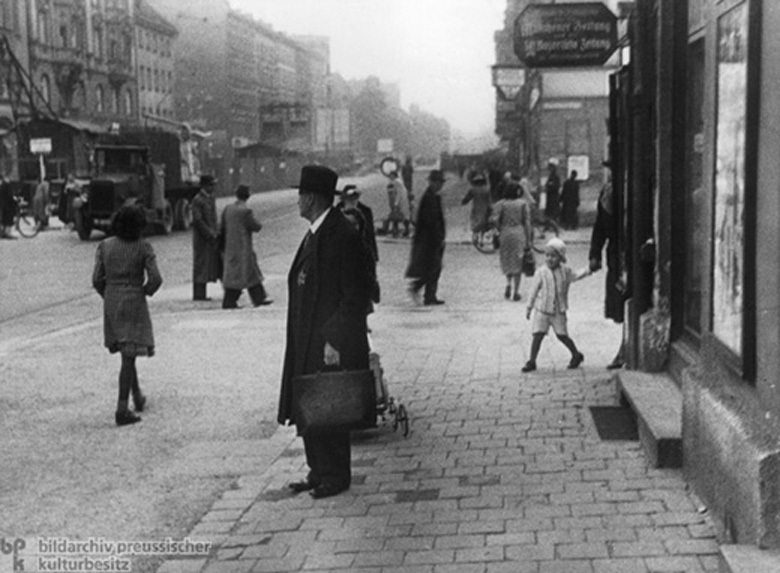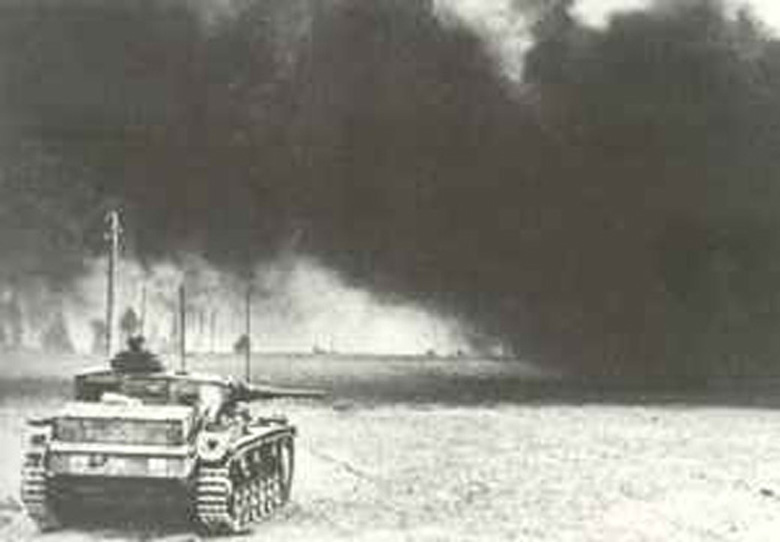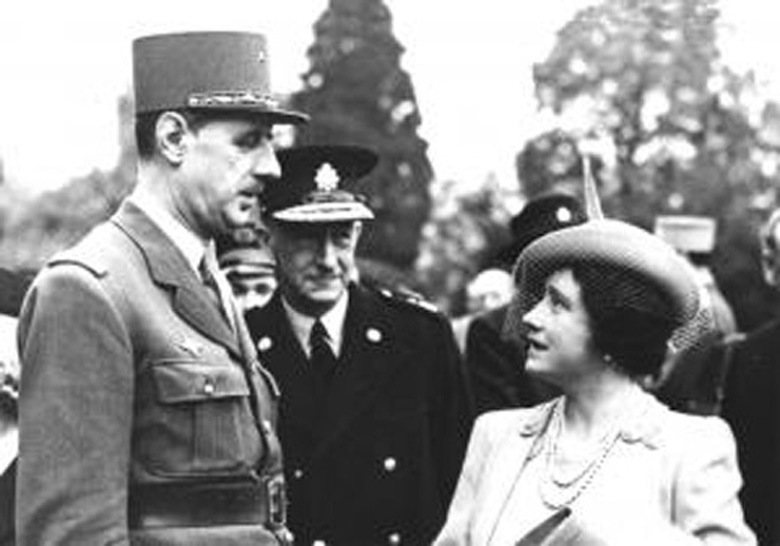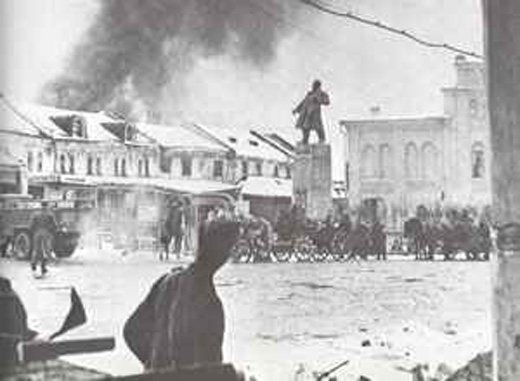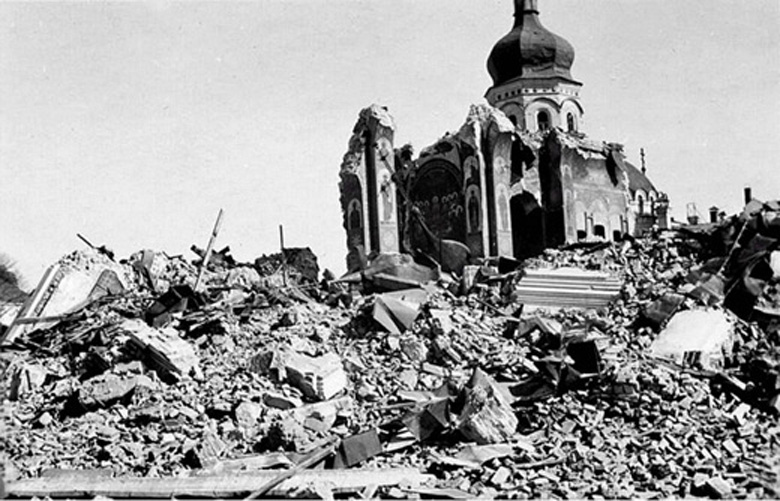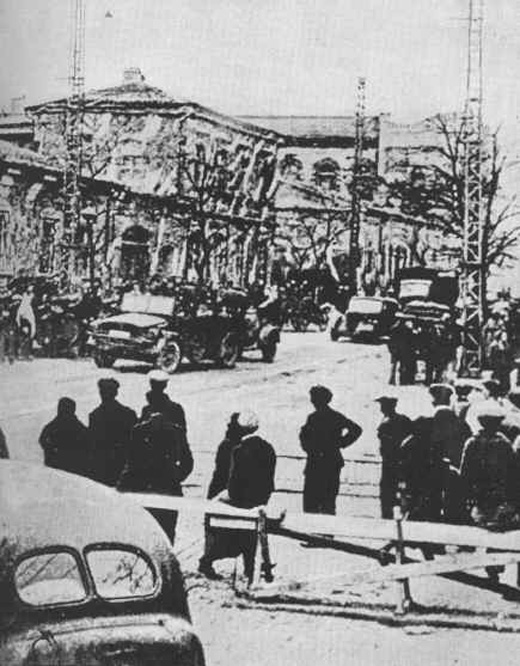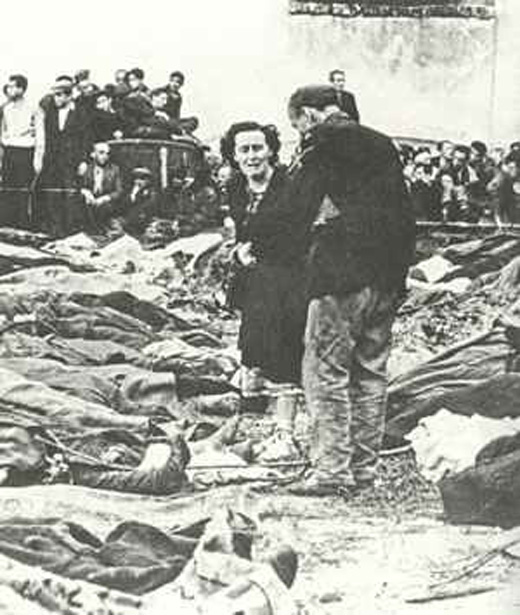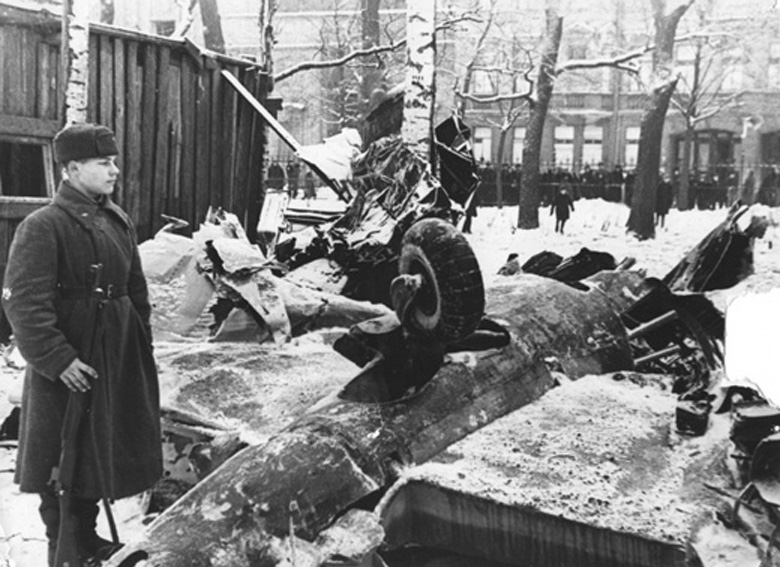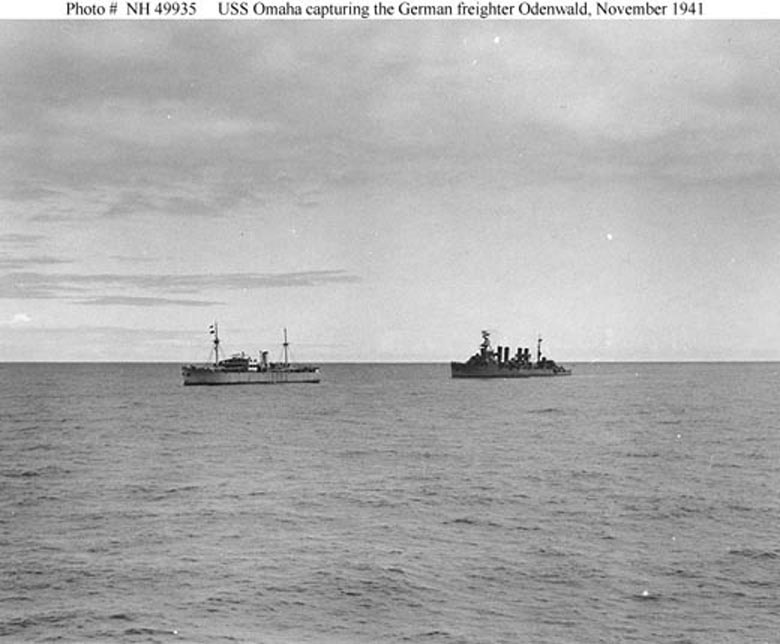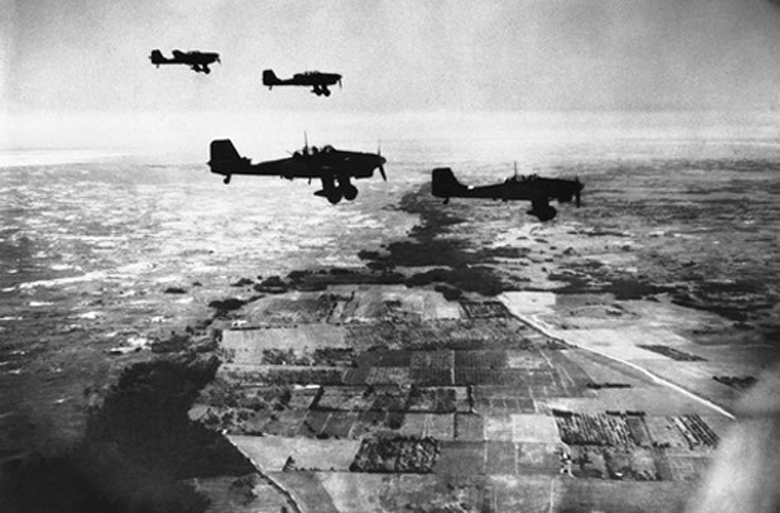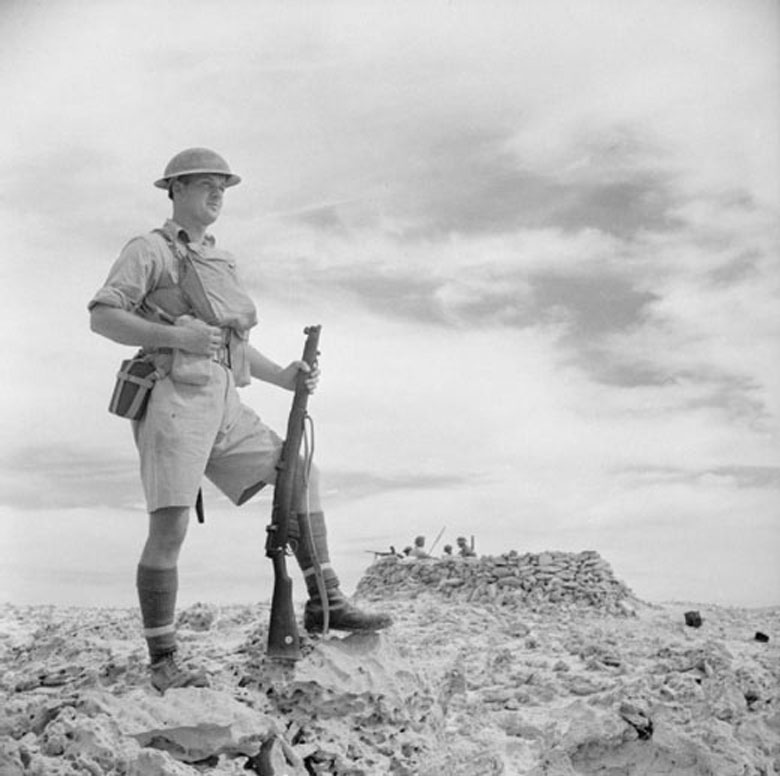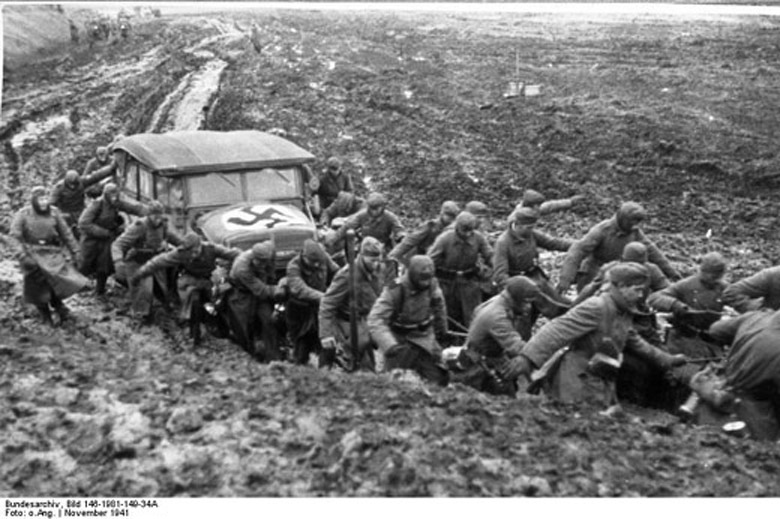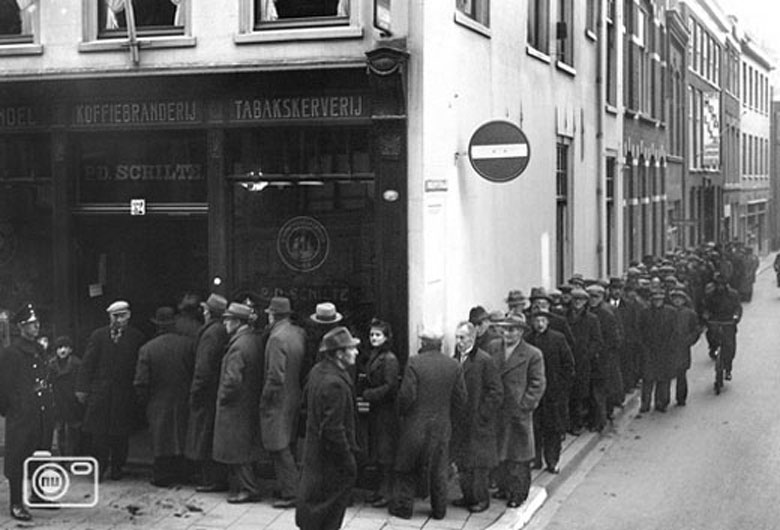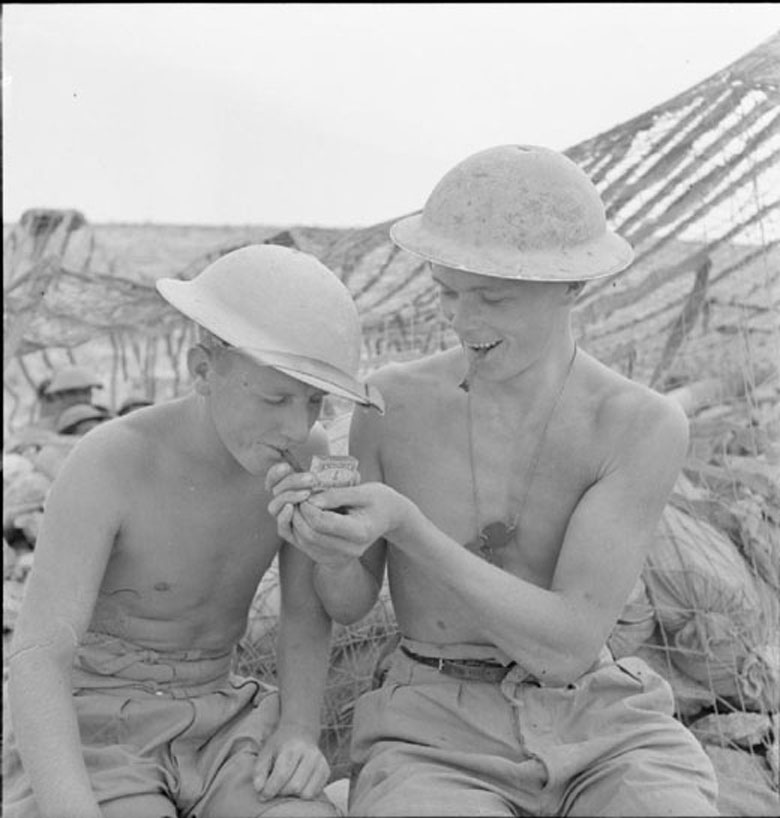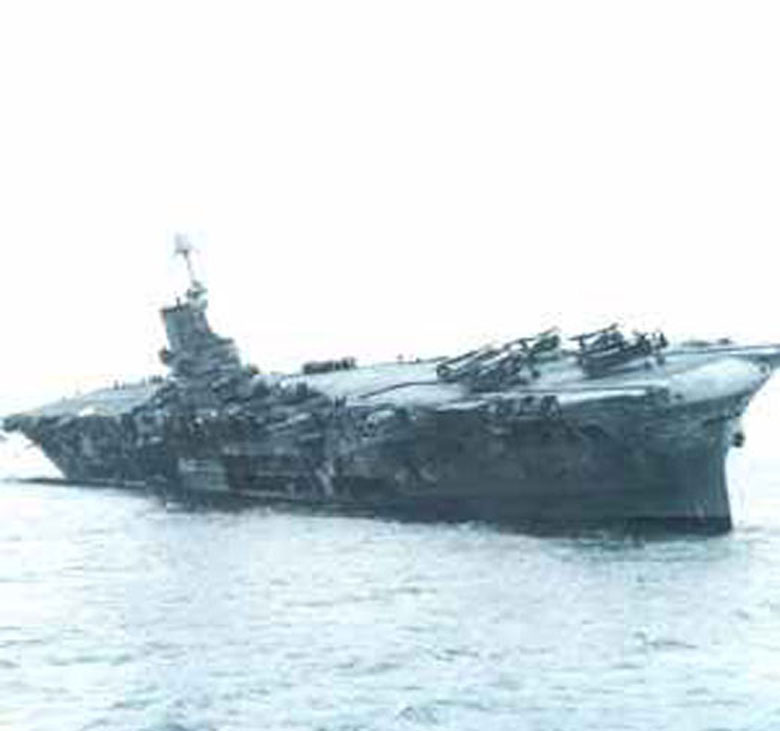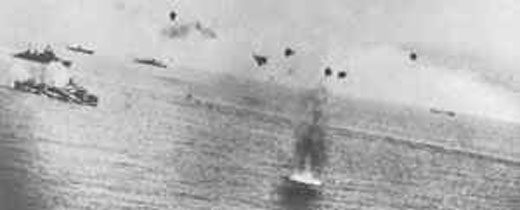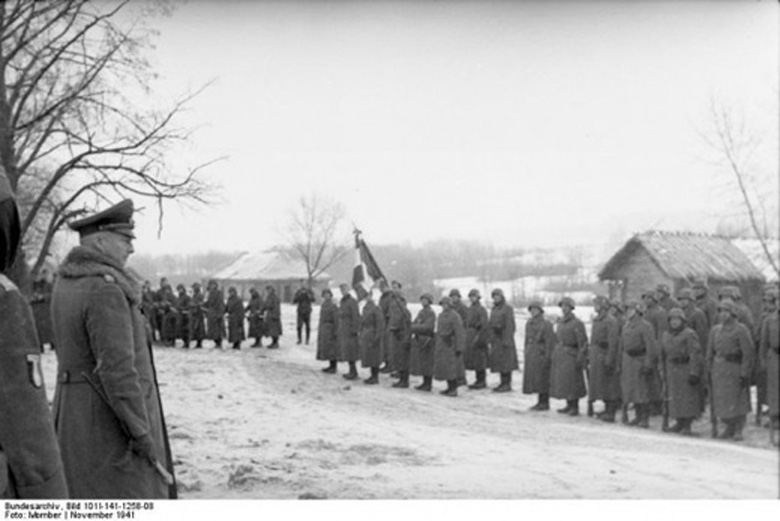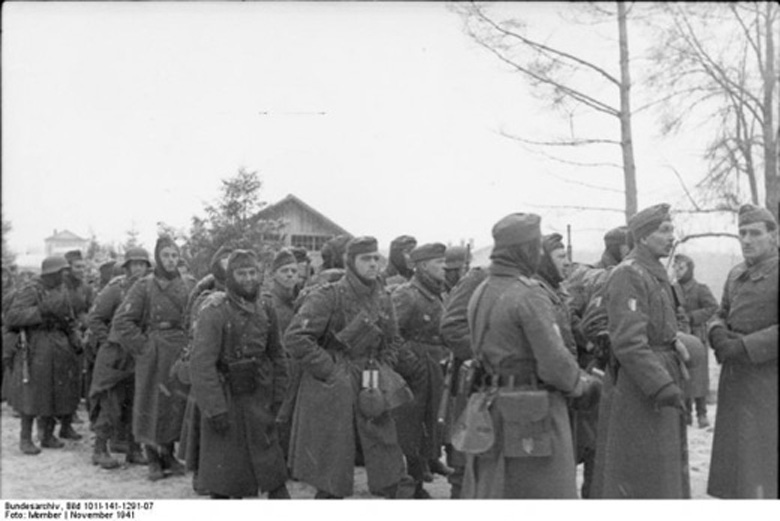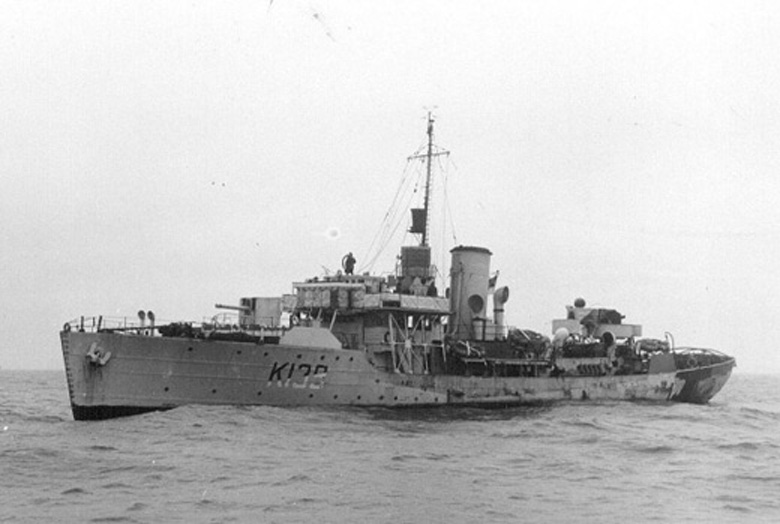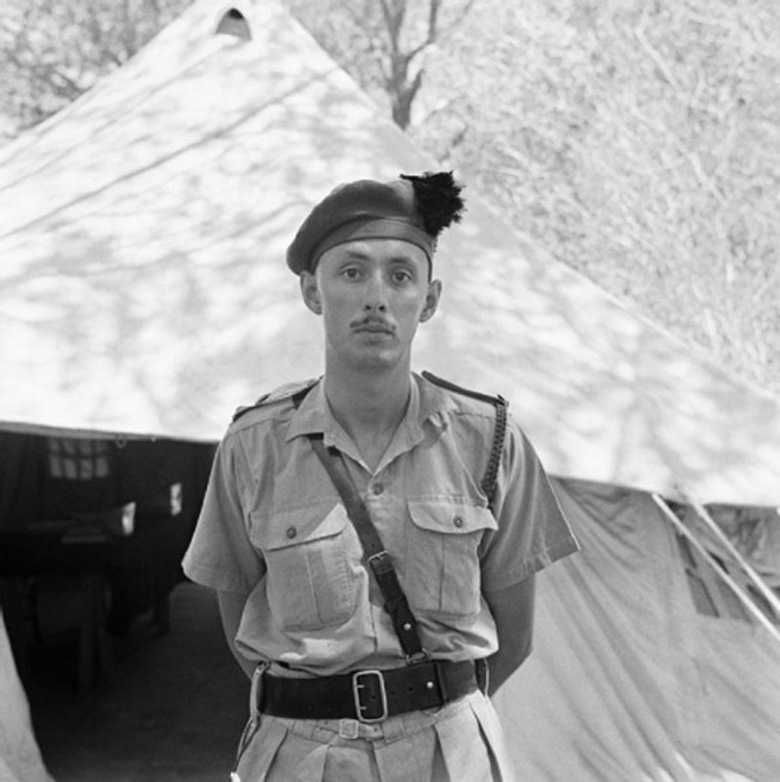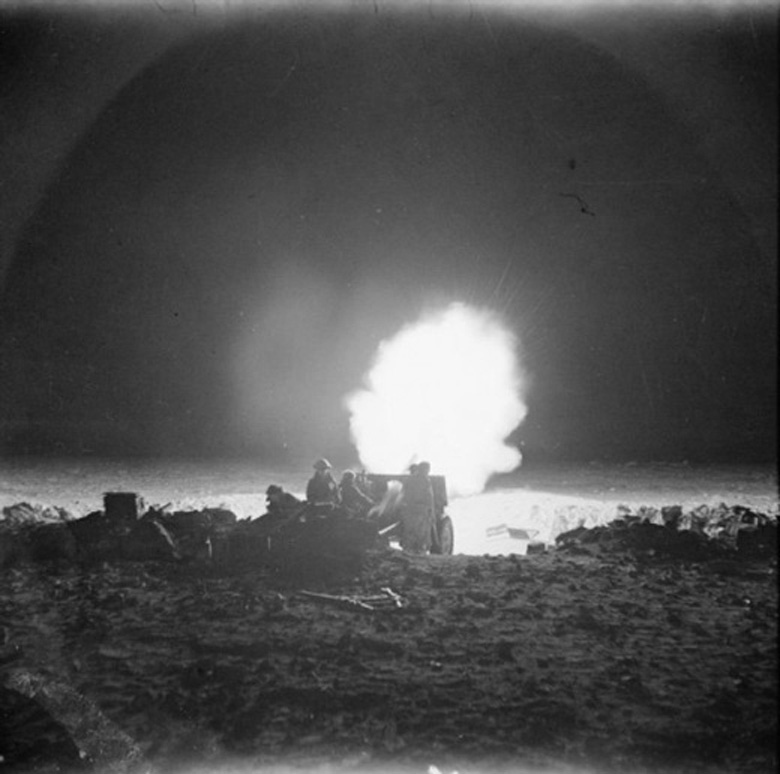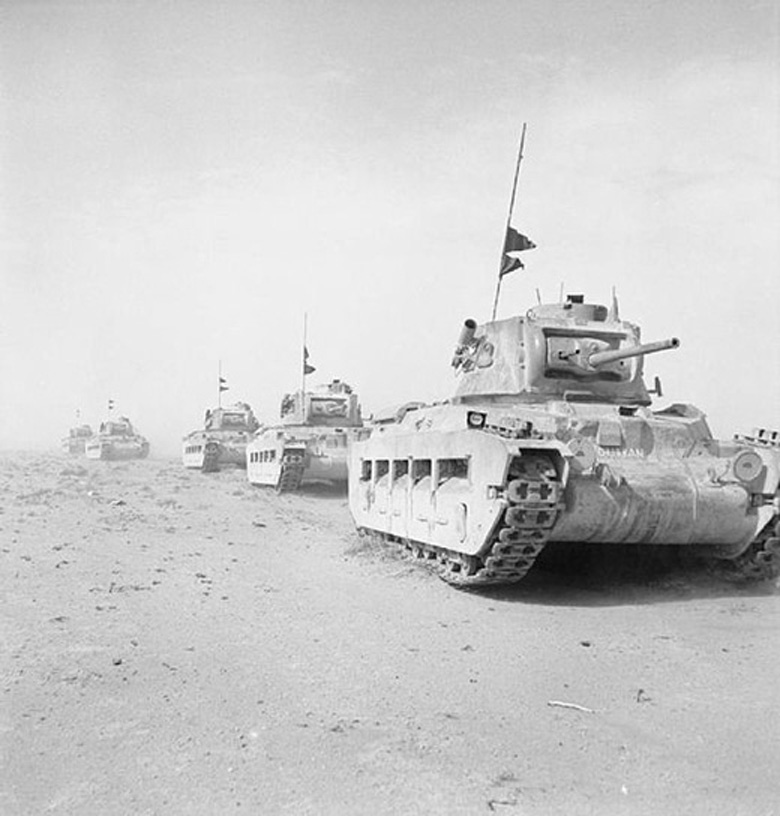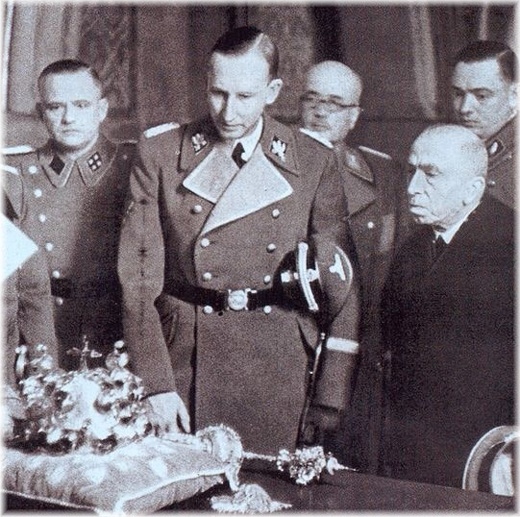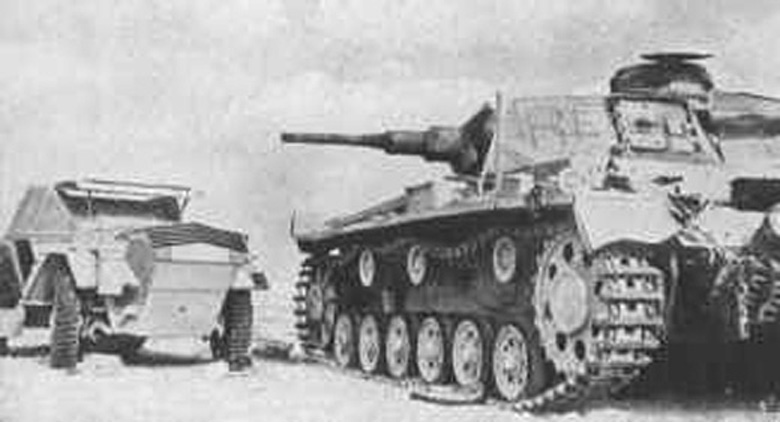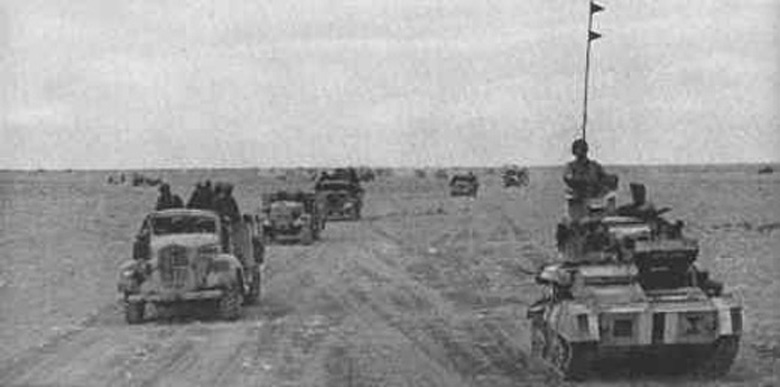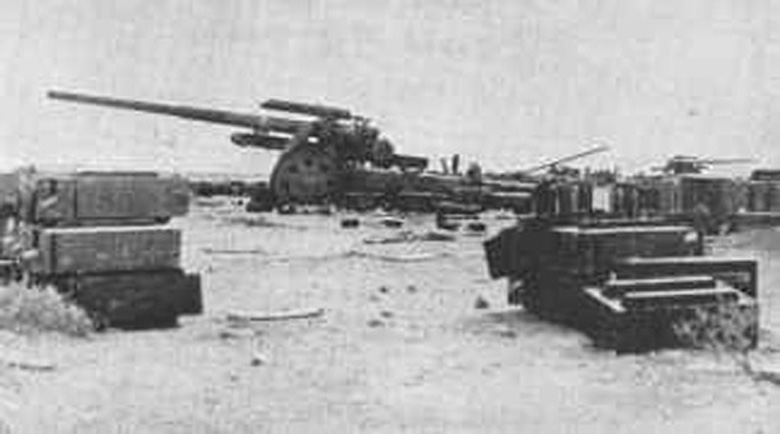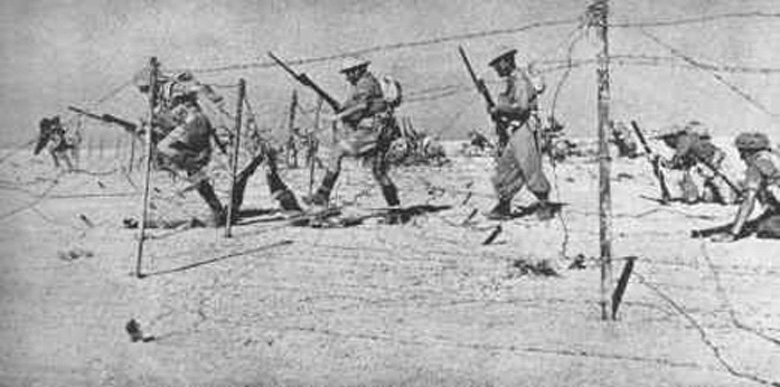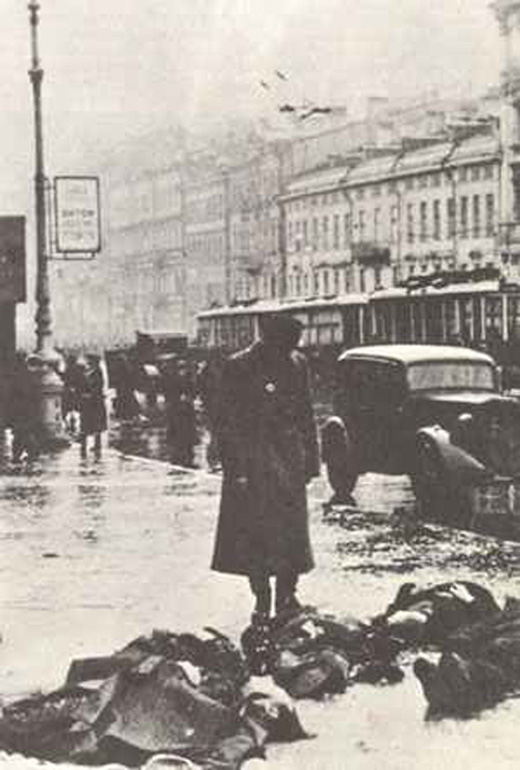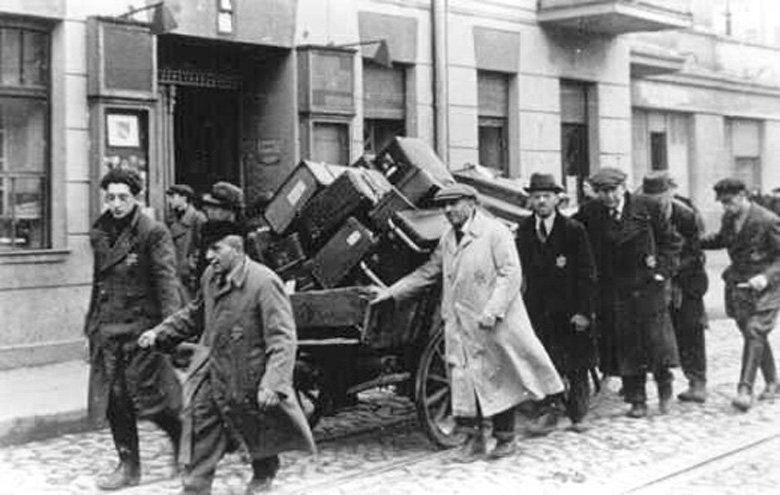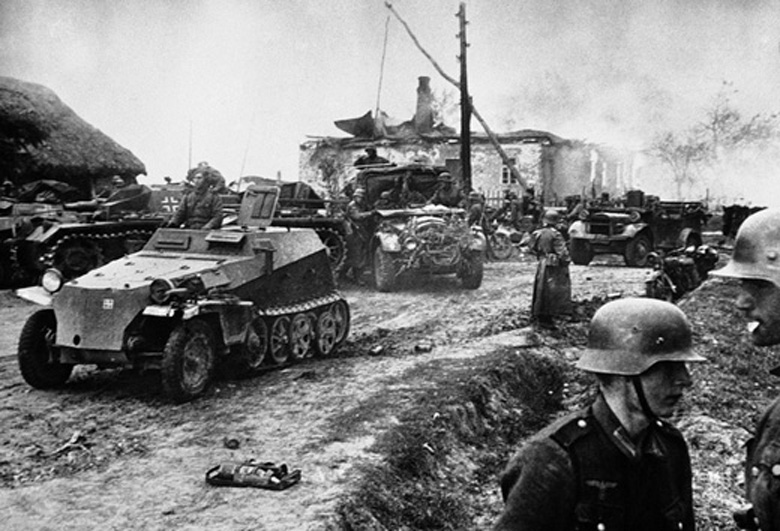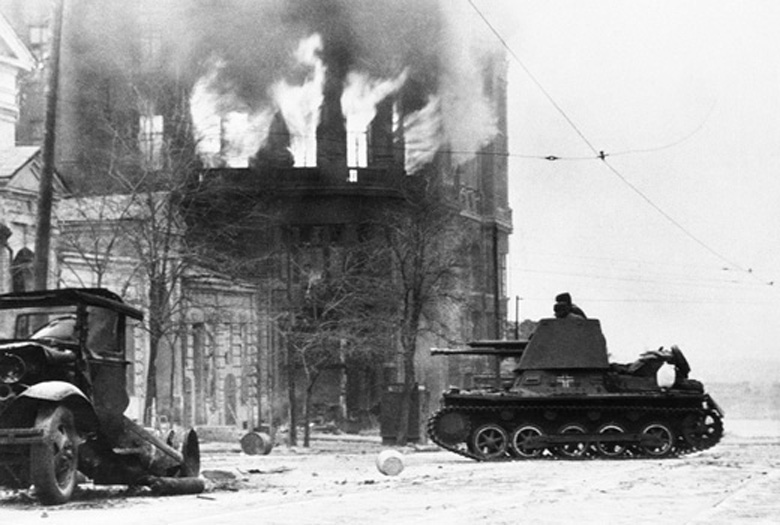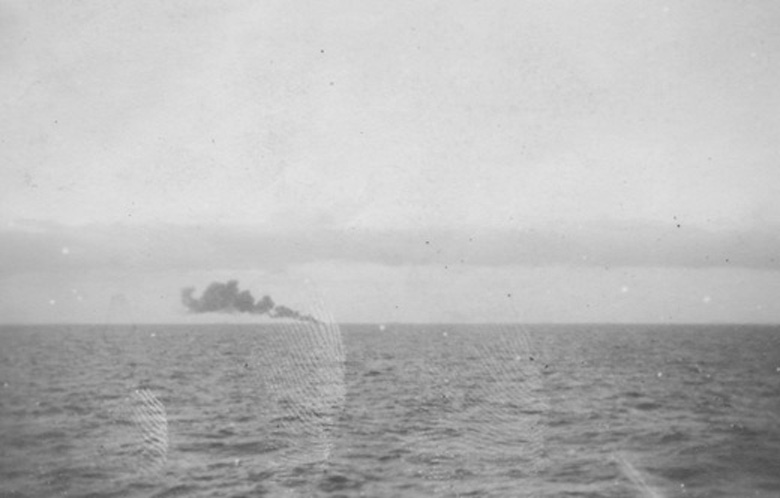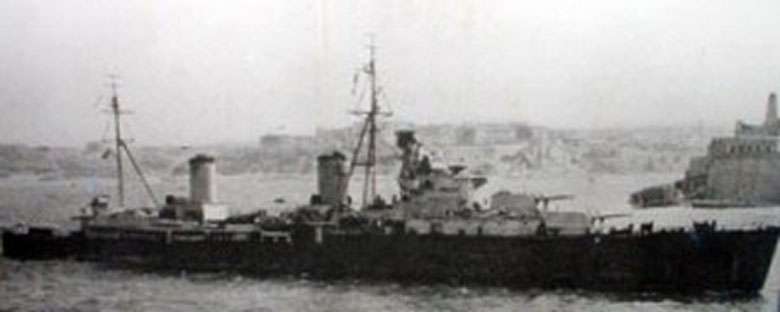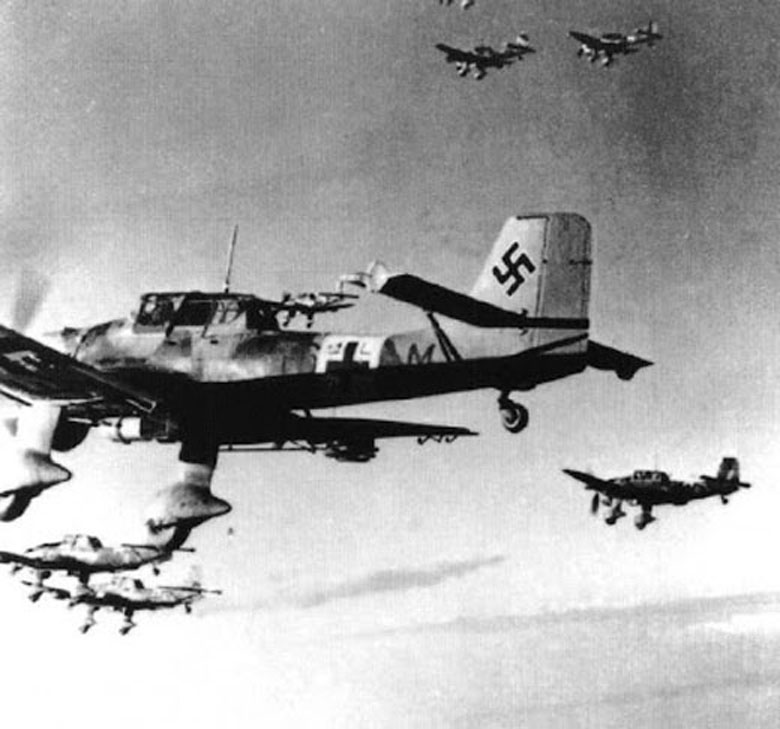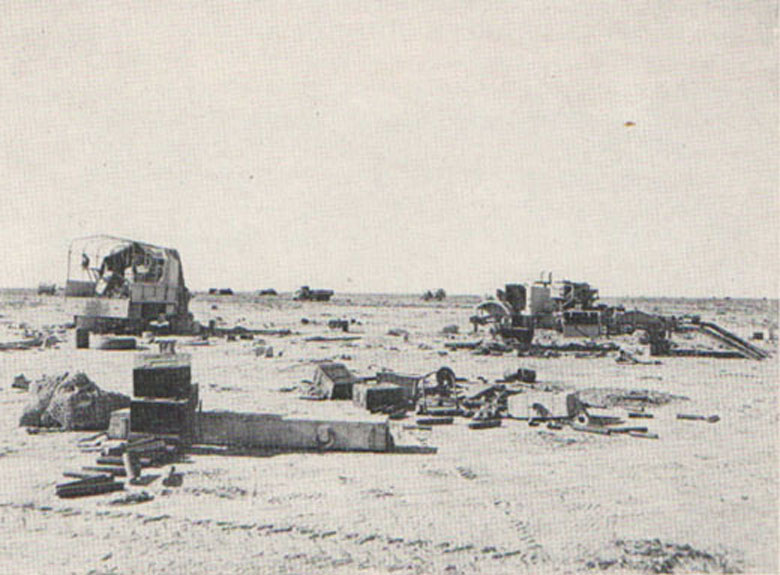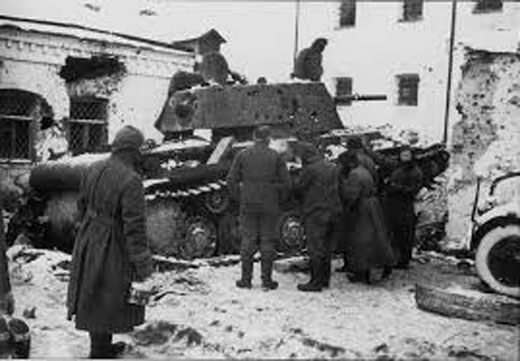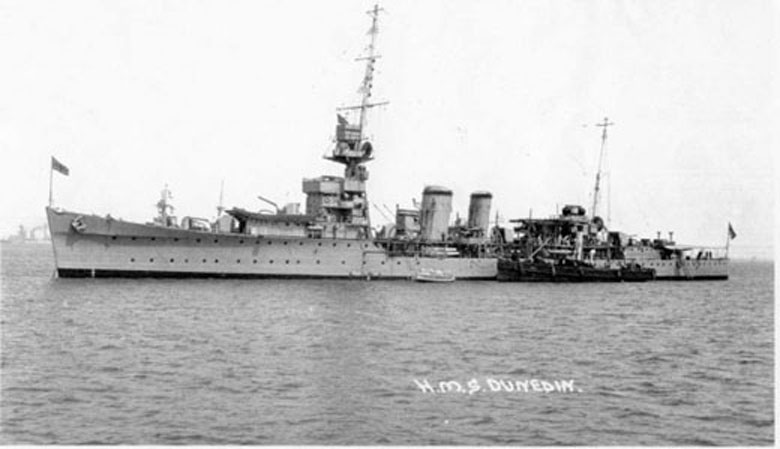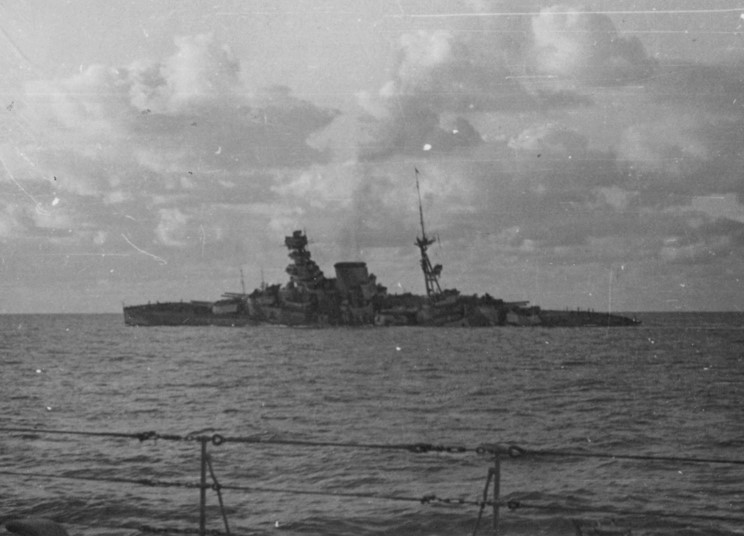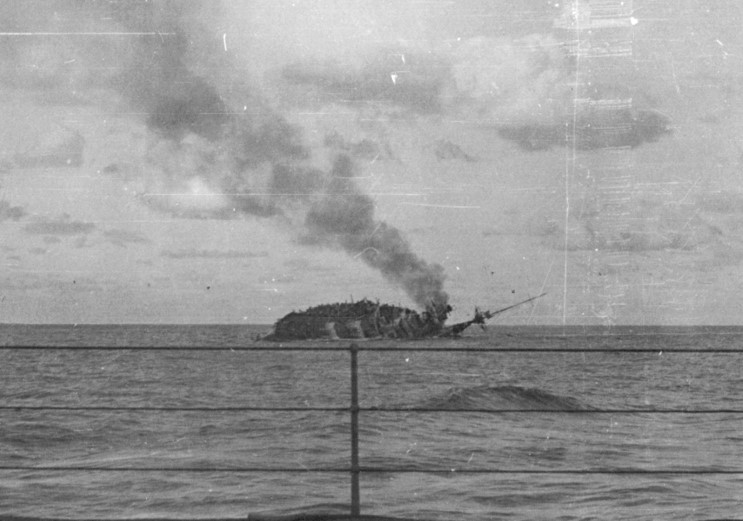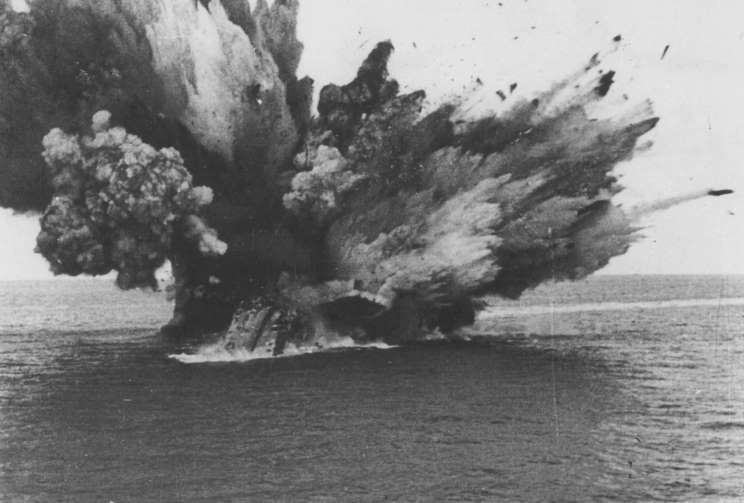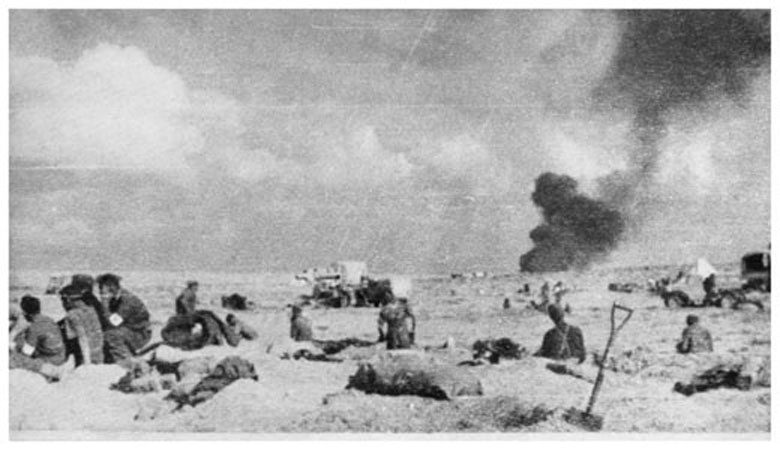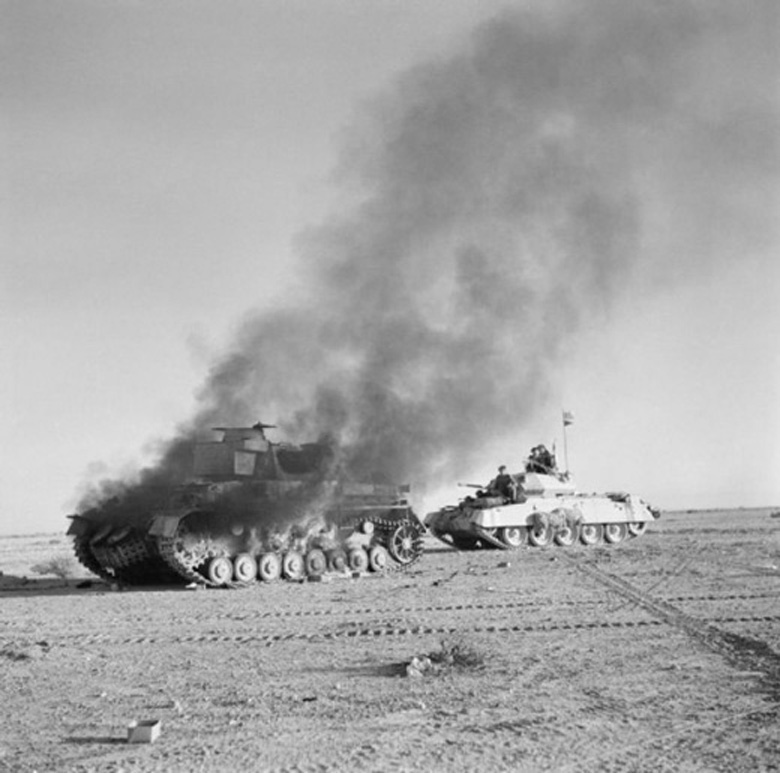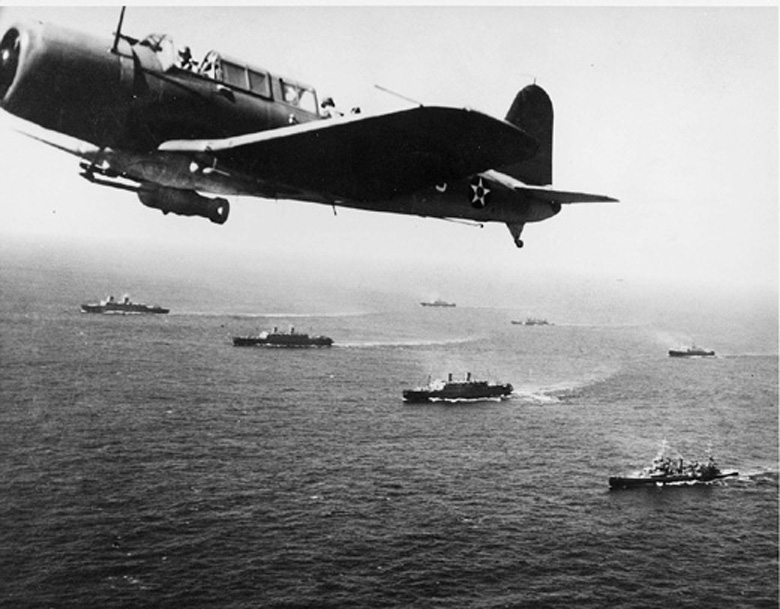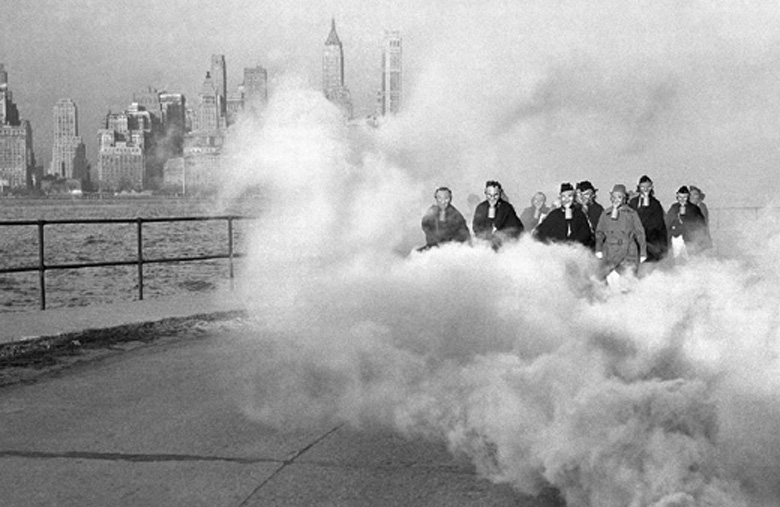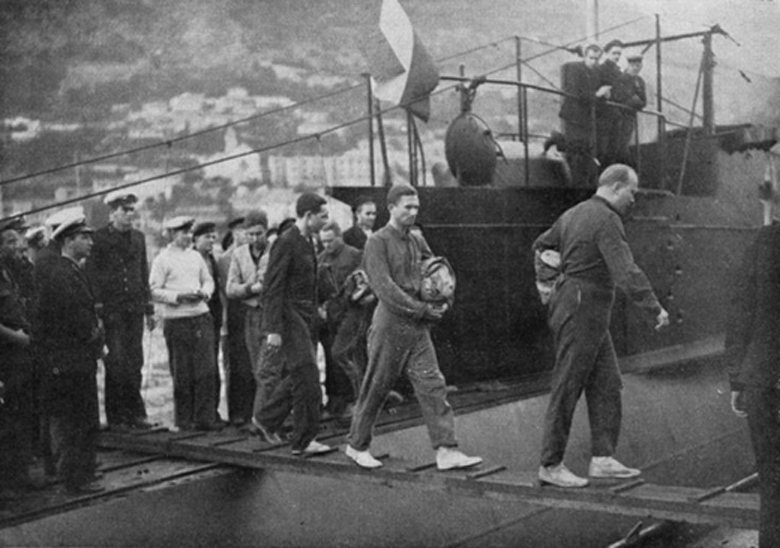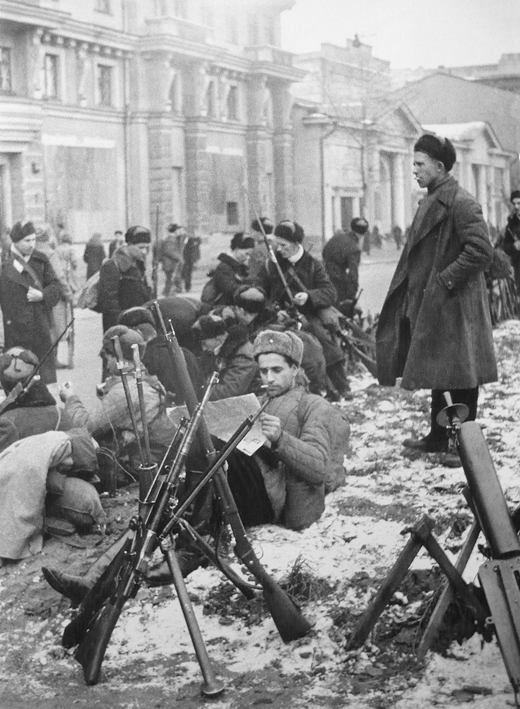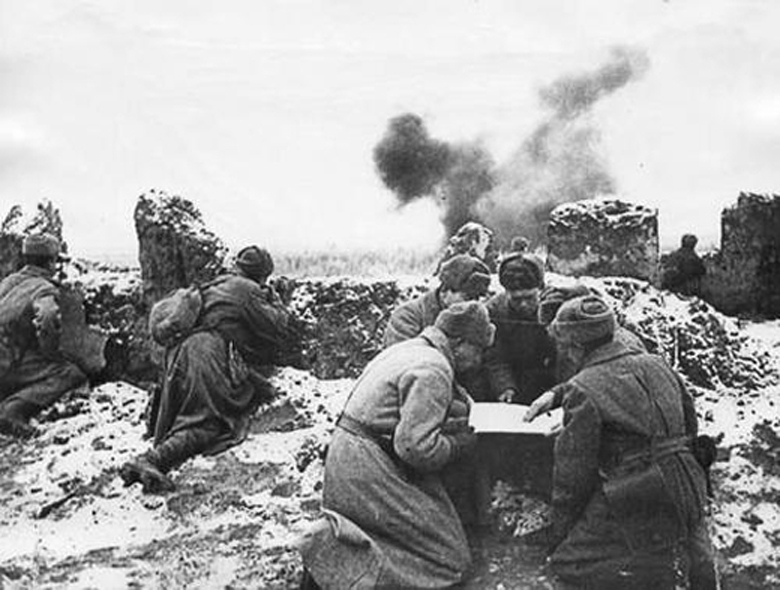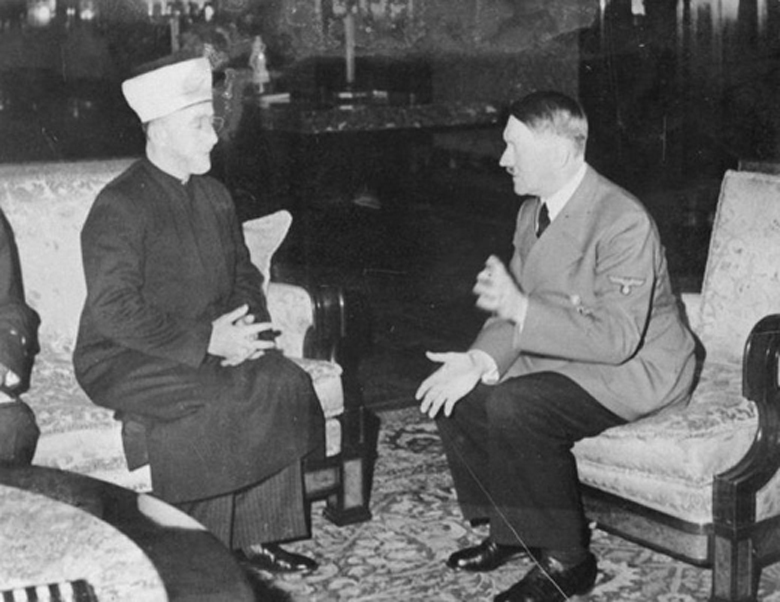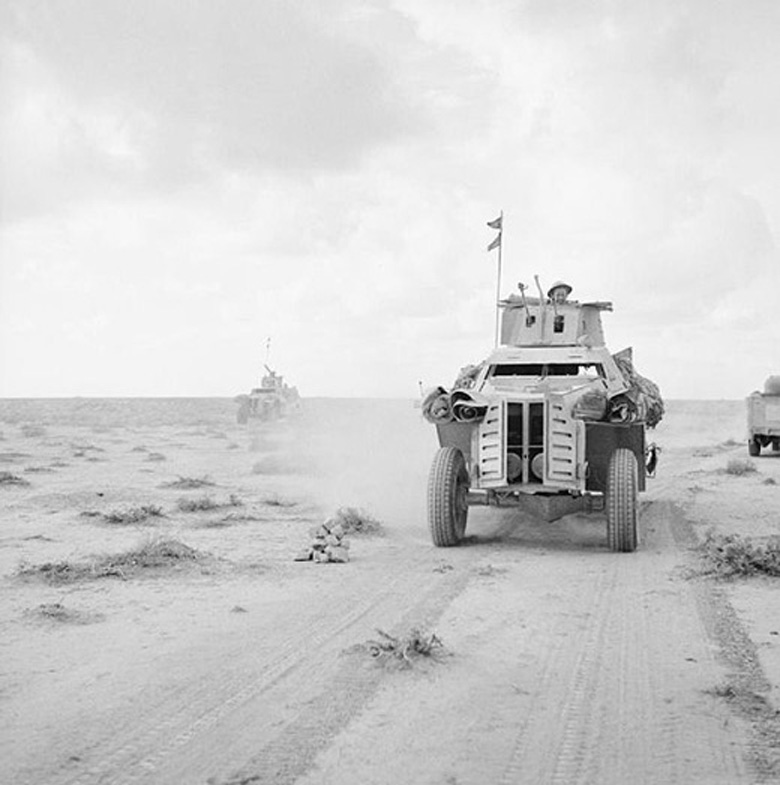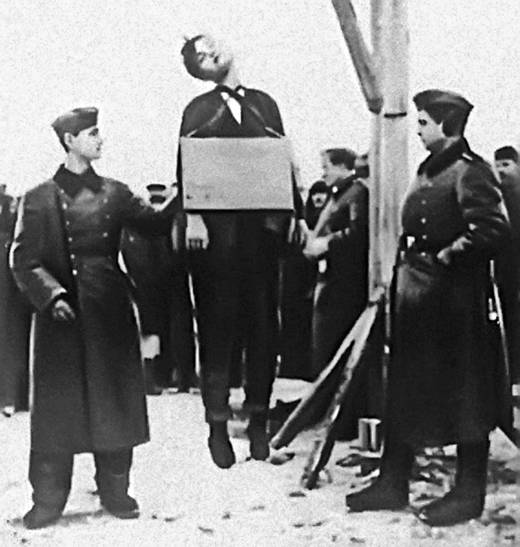Air Operations, Europe 84 R.A.F. bombers from a force of 129 reach Hamburg to drop 138 tons of bombs.
[  | |   ] ]
Axis Diplomacy Japanese Foreign Minister Shigenori Togo informs his ambassador in Berlin that 'war may suddenly break out between the Anglo-Saxon nations and Japan . . . quicker than anyone dreams.' This note is not passed on to the Germans.
[  | |   ] ]
Battle of the Atlantic - A British Whitley bomber sinks U-206 in the Bay of Biscay with the aid of Air-to-Surface-Vessel radar (ASV). This is the first success achieved with this equipment. It also marks a period of greater British efforts to interfere with the German traffic across the Bay. The entire crew of 46 are lost on the u-boat.
U-206|
| Class | Type VIIC |
| CO |
Kapitänleutnant Herbert Opitz |
| Location |
Bay of Biscay, W of St Nazaire |
| Cause |
Air attack |
| Casualties |
46 |
| Survivors |
None |
- U-43 sinks the British steamer Ashby (4868t), straggling from Convoy OS-12, 170 miles south-southeast of Flores, Azores with the loss of 17 of her crew. 33 survivors land at Fayal, Azores.
[  | |   ] ]
Diplomatic Relations The Japanese make proposals for an interim settlement with the United States. The proposals are unacceptable but Secretary Hull prepares a negotiating reply. This is not delivered because Chiang Kai-shek's government are successful in making the British and Dutch worry about the concessions offered to the Japanese in China.
[  | |   ] ]
|
Eastern Front Field Marshal von Rundstedt is relieved of his command of Army Group South for refusing to cancel his orders for retreat in the Rostov sector. Von Reichenau is the new commander. He is permitted to go on the defensive by Hitler rather than attack toward Rostov again. On the Soviet side Stalin gives his approval to Zhukov's plans and preparations for the coming counteroffensive in the Moscow sector.
German pressure on Moscow takes the Panzergruppen of Hoeppner and Gen Georg-Hans Reinhardt beyond Klin to Dmitrov on the Moscow-Volga canal. Guderian's group cuts the railway between Tula and Serpukhov.
According to German sources their losses from June 22 to November 30, 1941 are as follows: 162,000 dead, 33,334 missing and 572,000 wounded. In Leningrad 11,000 people have died of starvation during November. In December the figure is to rise to 52,000. At Christmas, thanks to a relarive improvement in the supply position, the bread ration for workers is increased from 8 oz to 10-1/2 oz, that for clerical and similar workers to 7 oz a day.
CENTRAL SECTOR
The XLVI and XL Panzer Corps and the V Corps tighten their grip around the Soviet 5th and 16th Armies. However, the Stavka releases the 1st Shock and 20th Armies from the reserve to relieve the pressure on the hard-pressed Soviet armies. Zhukov intends to destroy the whole of Army Group Center in front of Moscow. To achieve this he will attack on three axes: northern flank - 1st Shock, 16th, 20th and 30th Armies; center - 5th, 33rd, 43rd and 49th Armies; and southern flank - 10th and 50th Armies. These forces total 718,000 troops, 7,985 artillery pieces and 720 tanks. Facing them are 801,000 troops, 14,000 artillery pieces and 1,000 tanks of Army Group Center,which is now in a perilous state.
SOUTHERN SECTOR
von Rundstedt's pulls his forces back to the Mius. The Führer accuses the field marshal of defeatism, sacks him and appoints Walter von Reichenau in his place.[MORE]
[  | |   ] ]
German Raiders The raider Komet arrives back in Hamburg after a cruise of 516 days in which 3 ships of 31,000 tons have been sunk along with 7 more in company with Orion.
[  | |   ] ]
|
North Africa Now the situation has changed in favor of the Axis forces. All morning German artillery has pounded the 6th New Zealand Brigade's remaining positions on the 2nd Escarpment. A force of Stukas with strong fighter escort attempts to join in the attack, but is routed by the Tomahawks of 112 Squadron R.A.F. and 3 Squadron RAAF, together claiming 15 enemy aircraft destroyed and another 15 damaged for the loss of 4 Tomahawks, but no pilots. About 1600, the 15th Panzer Div, recalled from Ed Duda, backed by German infantry from the 3rd Escarpment under Lt-Col Johann Mickl, and supported by a westward advance from Point 175 by Ariete, falls on the New Zealanders. By 1730 the whole of the 2nd Escarpment is back in Axis hands with 600 more prisoners taken. The surviving defenders retire to join the 4th New Zealand Brigade at Belhamed.
At the end of the day, after a very confusing 2-day battle and losses on both sides, the 6th New Zealand Brigade has been forced out of the fight.
[  | |   ] ]
Pacific Japanese naval forces are reported to be on the move by British units based in Borneo. There are various other reports during the next few days of Japanese movements, which lead to an increase in tension in Malaysia and the East Indies, but draw no eyes toward Hawaii.
[  | |   ] ]
Philippines US strenght in the Philippines stands at 31,095. The arrival of the 200th Coast Artillery Regiment and the 192nd and 194th Tank Battalions from the National Guard, represent a part of a 40 percent increase in combat strength. The tank battalions bring 108 of the newest American tank, M3. The Far East Air Force (FEAF) has the largest concentration of air power outside the continental United States, with 108 P-40 fighters and 35 B-17 Flying Fortress bomers. The Philippine army has mobilized 10 divisions for national defense, which have been integrated into MacArthur's defensive plan. The 4th Marines deploy from Shanghai to the Philippines.
[ | |   ] ]
|
